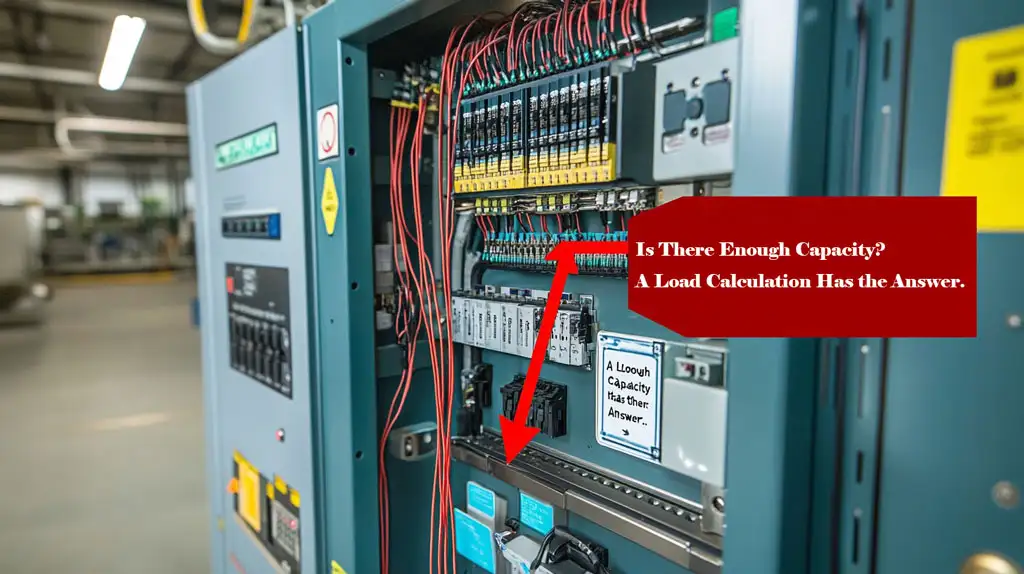Electric vehicles (EVs) are no longer the future; they are today’s reality for Canadian businesses. Your employees, your customers, and your fleet are all going electric. But installing commercial charging stations is more than just mounting a box on a wall. The most critical step is understanding the ev charger electrical requirements.
Getting this right from the start saves you time, money, and major headaches. Getting it wrong can lead to project delays, budget overruns, and even safety hazards.
Before we dive into the specific electrical details, it’s essential to know what your options are. To learn about the different types of EV chargers and their best applications for your property, you can explore our comprehensive guide on that topic.
We will walk you through everything you need to know about the ev charger electrical requirements for your commercial project. We will use simple language and clear examples to help you make informed decisions.

Before we talk about power and panels, let’s establish the most important rule. All electrical work in Canada must comply with the Canadian Electrical Code (CEC), CSA C22.1.
This means every part of your installation, from the wiring to the charger itself, must be approved for use in Canada.
This isn’t just a recommendation; it’s a legal and safety necessity.
The power needs of your chargers depend entirely on their type. Let’s break down the two main categories for commercial use.
Level 2 chargers are the most common type for commercial properties. They are perfect for places where vehicles will be parked for a few hours, like office buildings, Multi-unit residential buildings (MURBs), hotels, and retail centers.
그리고 ev charger electrical requirements for a typical Level 2 station are:
These chargers offer a great balance of charging speed and cost, making them ideal for mass deployment.
DC Fast Chargers are the superchargers. They are essential for public charging stations, highway corridors, and commercial fleets (like delivery vans or taxis) that need to get back on the road quickly.
As you can imagine, the ev charger electrical requirements for DCFC are much more demanding:
The investment for a DCFC is higher, but it enables new business models and is critical for certain applications.
This table clearly shows the difference in needs.
| Feature | Level 2 AC Charger | DC Fast Charger (DCFC) |
|---|---|---|
| Primary Use Case | Workplace, Hospitality, MURBs, Light Fleets | Public Charging, Highway Corridors, Heavy-duty Fleets |
| Voltage Requirement | 208V / 240V (Single-phase) | 480V / 600V (Three-phase) |
| Typical Circuit Amperage | 40A – 60A | 100A – 400A+ |
| Circuit Breaker | 2-Pole | 3-Pole |
| Electrical Panel | Can often use existing panel; may require upgrade. | Almost always requires a major panel upgrade or new service. |
| Installation Cost | Moderate | High to Very High |
| Core Keyword | Fulfills standard ev charger electrical requirements. | Has demanding ev charger electrical requirements. |
Meeting the basic ev charger electrical requirements is just the start. In Canada, you must plan for these additional factors.
Canada’s harsh winters can affect your electrical system.
Ask your supplier if their equipment is built to handle a Canadian winter.
This is the most common question for businesses. Your building’s electrical panel is like a bucket of power. Each charger you add takes some of that power.
You might need an upgrade if:
An electrical load calculation, performed by your electrician, will give you a definitive answer. This calculation analyzes your building’s total power usage to see if there is enough spare capacity for the new electric vehicle equipment.

For businesses, the cost of electricity is as important as the installation cost. Understanding and managing the ev charger electrical requirements on your utility bill is key.
In Canada, many commercial electricity bills include “demand charges.” This is a fee based on the highest peak of power you draw from the grid during a billing period, even if it was only for 15 minutes.
If all your employees start charging their cars at 9:00 AM, you could create a huge power spike and get hit with massive demand charges.
This is where smart chargers are essential. Load management, also known as load balancing, is a feature that intelligently distributes power among multiple charging stations.
Smart load management is the single most important feature for controlling the long-term operational costs tied to your ev charger electrical requirements.
The Government of Canada and provincial bodies want to help you install chargers. The Zero Emission Vehicle Infrastructure Program (ZEVIP), run by Natural Resources Canada, can provide funding for up to 50% of your project costs.
Crucially, these incentives often cover “behind-the-meter” costs. This includes:
This means you can get financial help to meet the ev charger electrical requirements for your project. Always check the latest program details on the official NRCan website.
We cannot say this enough. A qualified electrical contractor is your most important partner in this process.
They are responsible for:
When you speak to an electrician, ask them these questions:
Navigating the ev charger electrical requirements in Canada doesn’t have to be complicated. By focusing on a few key areas, you can ensure your project is a success.
Here is your final checklist:
Understanding these requirements empowers you to build a reliable, safe, and cost-effective EV charging network. You will be ready to serve the growing number of EV drivers in Canada and future-proof your business.
Ready to discuss the specific electrical requirements for your property? Our team of experts specializes in helping Canadian businesses deploy best-in-class EV charging solutions. Contact us today for a free consultation.
자세한 기술 정보와 견적을 보내드립니다!